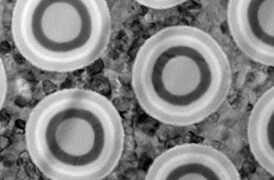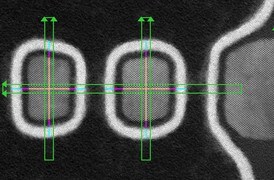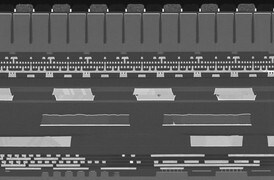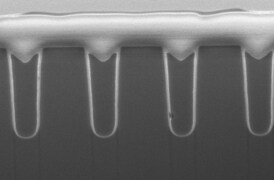Search Thermo Fisher Scientific
Troubleshooting semiconductor device failure is critical for improving manufacturing yield, reducing costs, and minimizing overall end-of-line test failures. However, isolating faults and defects (e.g. opens, metal shorts, and leakages) in the failure analysis workflow is becoming more challenging due to increasingly complex semiconductor designs.
Optical fault isolation (OFI) is a type of electrical failure analysis that makes use of a variety of optical techniques (photon-emission, static laser stimulation, etc.) to detect the causes of device failure.
This can include both static and dynamic OFI:
| Static OFI techniques | Dynamic OFI techniques |
|---|---|
| Optical beam Induced resistance change (OBIRCH) | Laser voltage imaging (LVI) |
| Optical beam induced current (OBIC) | Laser Voltage Probing (LVP) |
| Light induced voltage alteration (LIVA) | Laser voltage tracing (LVT) |
| Thermally induced voltage alteration (TIVA) | Laser-assisted device alteration (LADA) |
| Static photon emission (PEM) | Soft defect localization (SDL) |
| Dynamic photon emission (PEM) |
Broadly, these techniques allow the user to analyze the performance of electrically active devices and locate critical defects that cause a device to fail. Understanding these defects, and then eliminating them from the manufacturing process, is crucial if modern fabs are to operate at high yield and profitability.
Thermo Fisher Scientific offers a variety of optical fault isolation systems as part of the Meridian product line. This includes all of the above OFI techniques, encompassing systems for both photon emission and laser stimulation applications. The Meridian product line consists of cost-effective, high-sensitivity solutions for localizing electrical failures in semiconductor devices, and is especially powerful when combined with other analysis workflows and solutions from Thermo Fisher Scientific's portfolio. Click through to the appropriate product pages below for more information.

Semiconductor Pathfinding and Research
Advanced electron microscopy, focused ion beam, and associated analytical techniques for identifying viable solutions and design methods for the fabrication of high-performance semiconductor devices.

Yield Ramp and Metrology
We offer advanced analytical capabilities for defect analysis, metrology, and process control, designed to help increase productivity and improve yield across a range of semiconductor applications and devices.

Semiconductor Failure Analysis
Increasingly complex semiconductor device structures result in more places for failure-inducing defects to hide. Our next-generation workflows help you localize and characterize subtle electrical issues that affect yield, performance, and reliability.

Physical and Chemical Characterization
Ongoing consumer demand drives the creation of smaller, faster, and cheaper electronic devices. Their production relies on high-productivity instruments and workflows that image, analyze, and characterize a broad range of semiconductor and display devices.

ESD Semiconductor Qualification
Every electrostatic discharge (ESD) control plan is required to identify devices that are sensitive to ESD. We offer a complete suite of test systems to help with your device qualification requirements.

Power Semiconductor Device Analysis
Power devices pose unique challenges for localizing faults, primarily as a result of power device architecture and layout. Our power device analysis tools and workflows quickly pinpoint fault locations at operating conditions and provide precise, high-throughput analysis for characterization of materials, interfaces and device structures.
Semiconductor Materials and Device Characterization
As semiconductor devices shrink and become more complex, new designs and structures are needed. High-productivity 3D analysis workflows can shorten device development time, maximize yield, and ensure that devices meet the future needs of the industry.
Electron microscopy services for
semiconductors
To ensure optimal system performance, we provide you access to a world-class network of field service experts, technical support, and certified spare parts.








